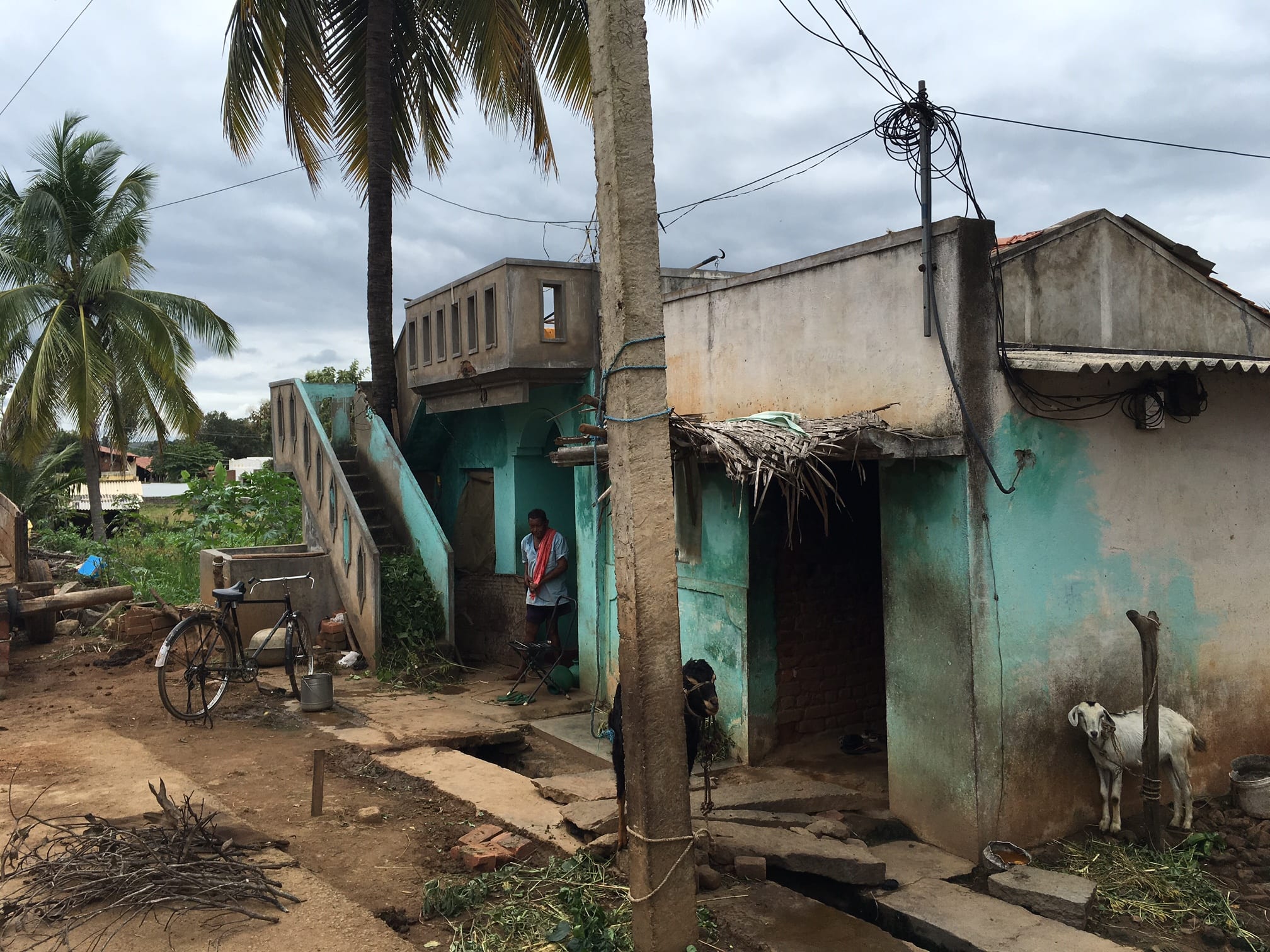This post is over three years old, the information may be outdated.
CSU Global participant Tessa McPhee shares some of her insights after a recent trip to India. To find out more about the international opportunities available in your course, head to the CSU Global website.
India’s economy is growing – fast. So much so that they are no longer considered being a ‘Developing Country’ by the International Monetary Fund, rather ‘Newly Industrialised’.
During Quarter three of the 2015 financial year, their GDP growth was at 7.5%*, outdoing China by 0.5% to become the world’s fastest growing economy. These figures would give you the impression that India is doing well, and relatively, they are.
What is not shown in these figures is how much growing India has left to do, and you would be unable to comprehend it until you see it with your own eyes.
In November 2015, I joined a social business, 40K Globe (www.40kglobe.com.au ). I felt the need for a challenge, along with some adventure, and there is no better way to do that than knocking over a uni subject while you’re at it. I was immersed into a rural southern Indian village to work on an energy research project, and for a month I would live alongside the people of Bannikuppe, a small village in the state of Karnataka.
Banni was the essence of what it meant to be Southern Indian. Agriculture was their primary source of income, crops were their back yards and livestock filled the streets. Women could be seen leading herds of goats, carrying baskets of produce on their head, all while wearing saris. Men would lead their cattle into the crops to feed for the day, and gather around the village square to talk business and get a cut throat shave from the barber.
Studying the energy along with living in the village, I learnt a few things very quickly. The first regarded the energy. We only had ‘full strength’ power for two hours a day, with 12 hours of ‘half strength’ power from 6pm till 6am. The two hours would cycle time slots on a four-week basis, and was the only time the power was strong enough to pump water from their underground sources. The second was the water. We had one tap in my house that came on once every four days to fill a cement tank, if we were lucky. This water was undrinkable by our standards, although for the locals it was their only water source. 40K employed a local intern from Bangalore University to interpret for us, as well as offering cultural advice.
One day I found myself exploring the fields of Banni with a couple of my team mates and our intern, Rajath. We had been surveying locals on the energy situation in Banni and we felt that we needed to include the farmers, and we would have to go to them in the field. It was at this point that these two ideas would come together for me.
As the daughter of two stock and station agents, who were both the children of farmers, agriculture is a sector I am deeply passionate about. This passion has driven me to develop my knowledge of agriculture and in recent years, agribusiness. Looking at the situation in India, I realised there was a cyclical effect occurring within their agribusiness economy.
Electricity is not only is the instigator for this cycle, it also has the power to control the supply and demand economics of India. Agriculture accounts for 17% of the GDP and employed 49% of the total workforce in the 2015 financial year. Yet the restriction of resources is deeply affecting the productivity and the livelihood of Indian villagers. This low income has two results on the community – rapid urbanisation in the cities, and farmer suicides. Neither of which the government choose to address effectively.
People are leaving the villages in the hope of finding something better in the city, which very rarely happens. This is resulting in the rapid urbanisation of cities such as Bangalore, creating ‘slums’ that the government refuse to acknowledge.
Farmer suicides are also an issue the government refuse to do anything about. In 2014, farmer suicides were recorded at 12,360. The agriculture sector accounts for so much wealth in India, but also has so much to answer for.
Without the government support, I wonder how India will ever be able to match China in practice, let alone Western countries. While the government restricts access to the wider community, whether that is through bureaucracy, infrastructure or a mixture of both, India’s productivity will always be capped. The agriculture sector will continue to contribute less and less to the GDP.
The final factor that contributes to the cycle will be education. It is one thing for us to observe, but the underlying result of this cycle will be the incorporation of education. How long will this take? I cannot see it happening in my life time. I know I want to see change, and I believe full access to electricity is the first step, in a very long journey for India, and its economy.  The other side of this education is the one I have received. With the support of the CSU Global team, along with 40K Globe, I have been educated far beyond what could have been achieved in the classroom, opening the door to social business. I was able to apply my knowledge to a real life business, that undoubtedly benefited myself, and others internationally. The 40K experience is easily the highlight of my studies, and so far my life.
The other side of this education is the one I have received. With the support of the CSU Global team, along with 40K Globe, I have been educated far beyond what could have been achieved in the classroom, opening the door to social business. I was able to apply my knowledge to a real life business, that undoubtedly benefited myself, and others internationally. The 40K experience is easily the highlight of my studies, and so far my life.
If you would like to find out more about 40K Globe, what they do and how to apply for this amazing program (do it, you won’t regret it) you can visit their website – www.40kglobe.com.au











